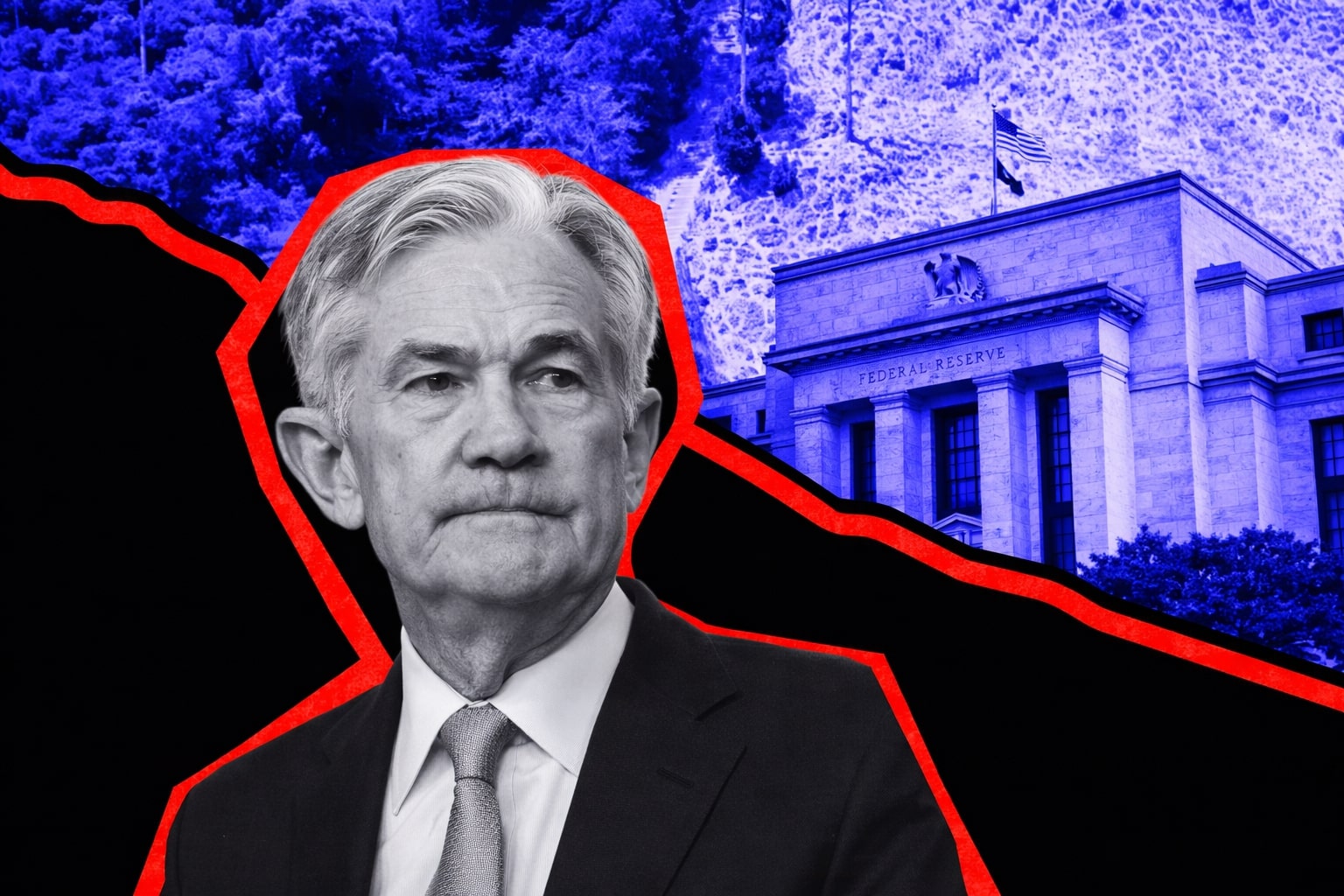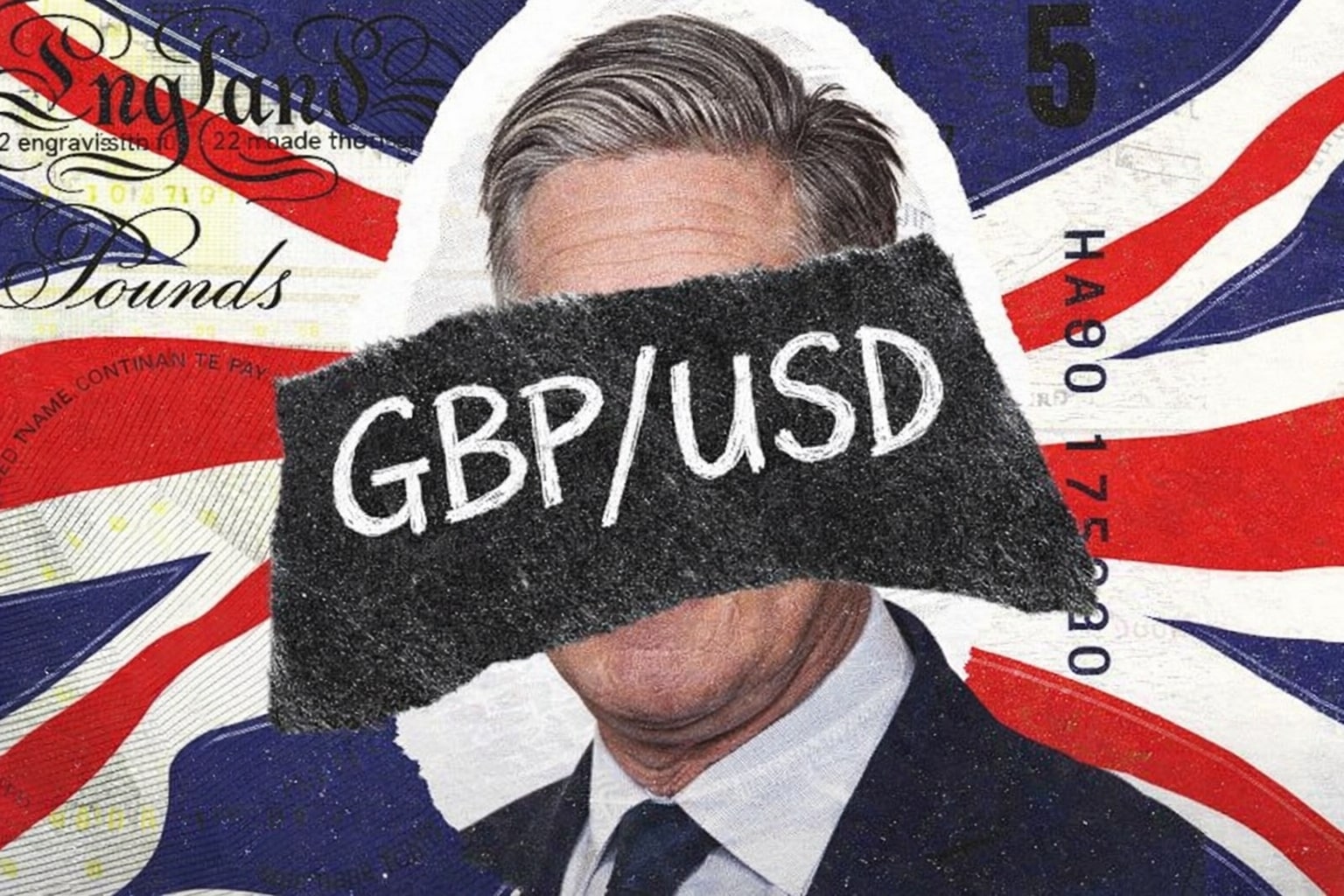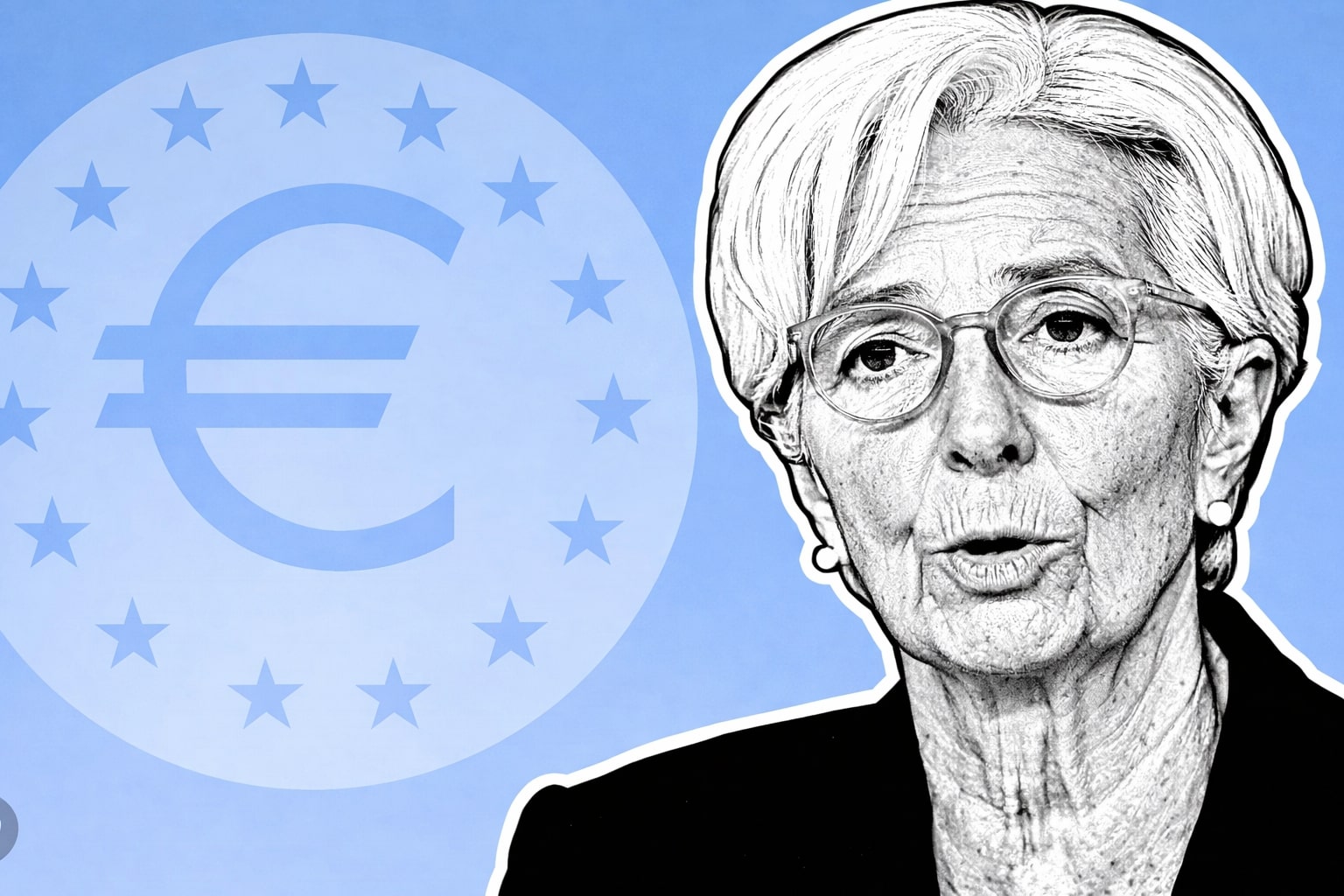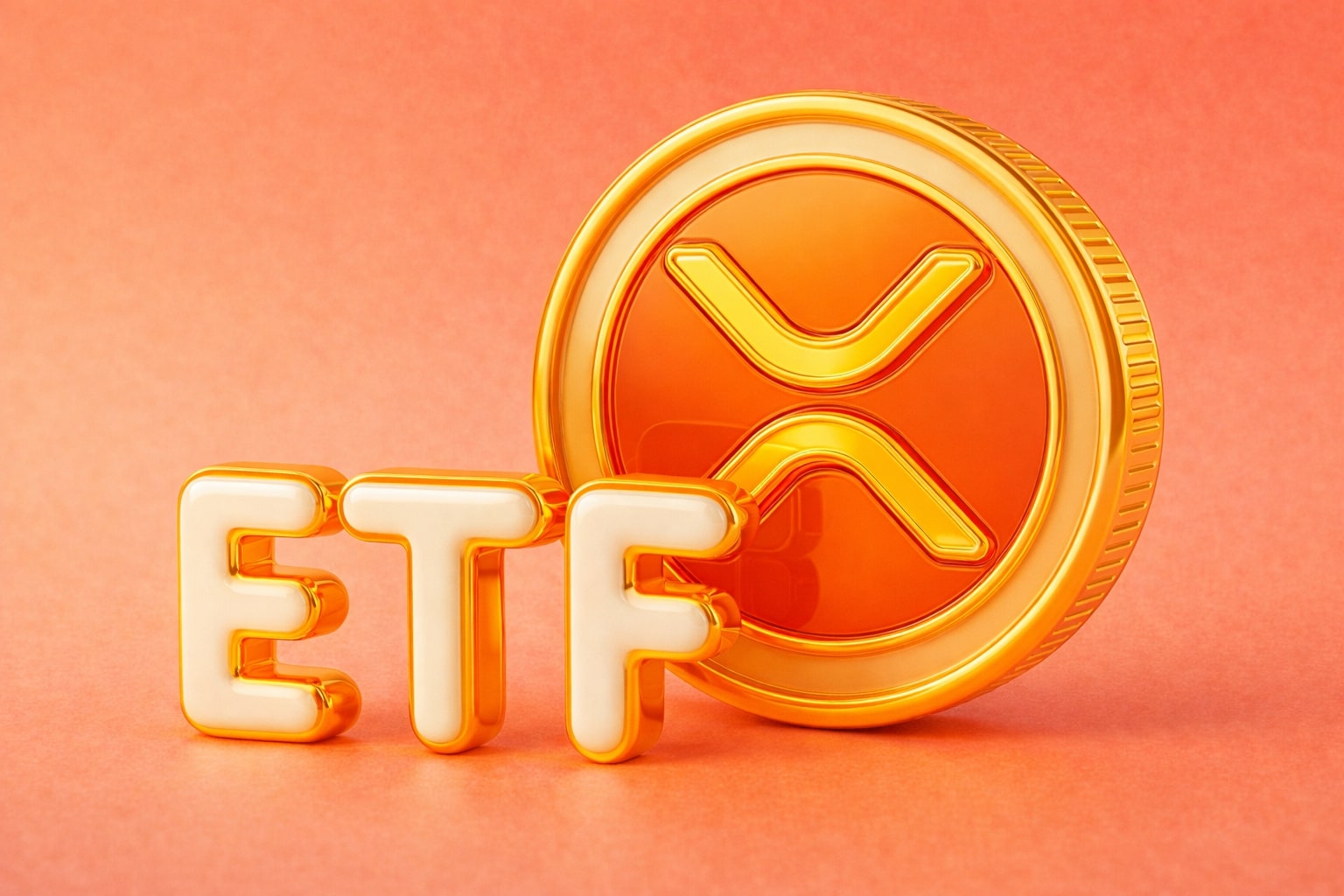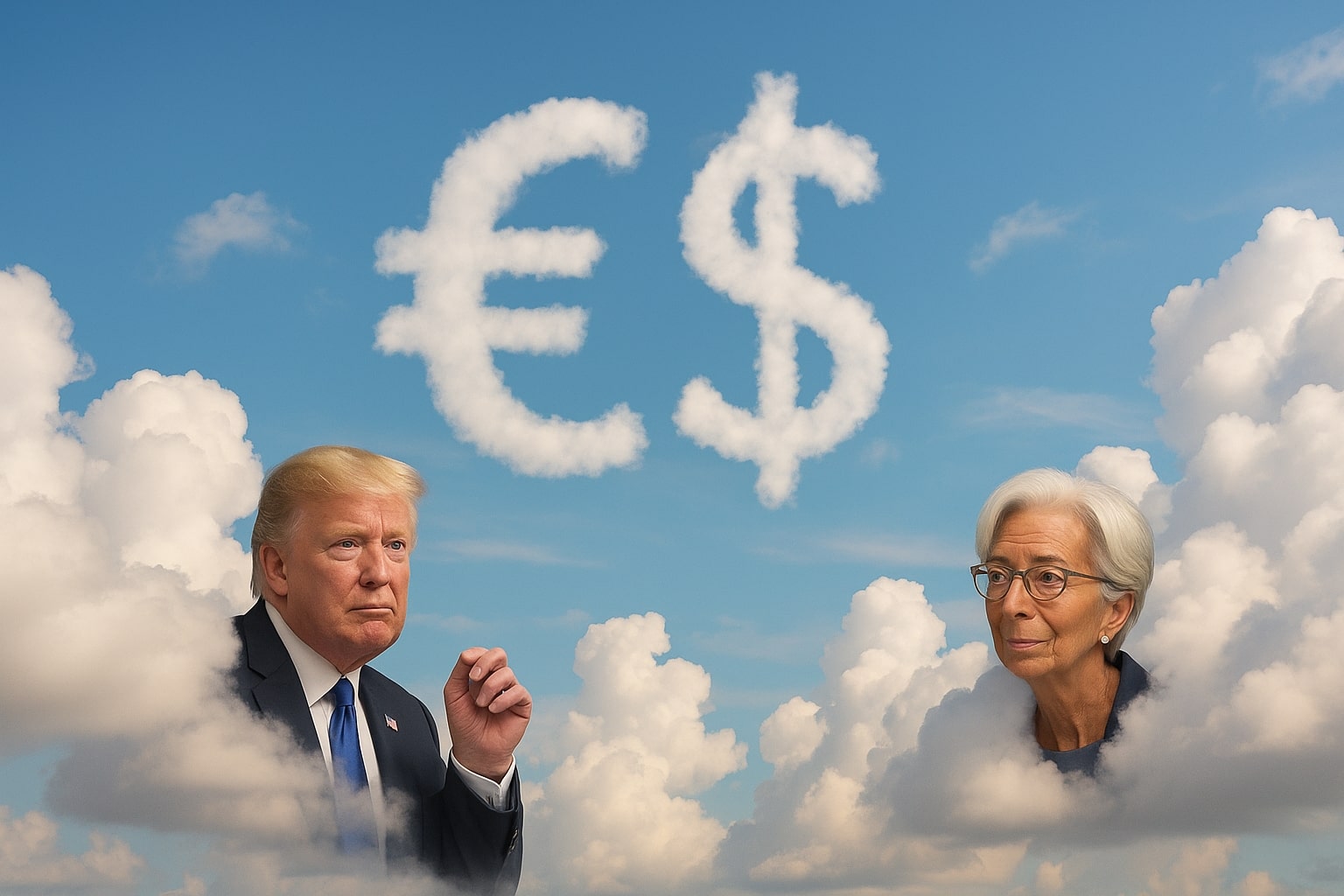
EUR/USD Plummets on Rate Cut Bets and French Inflation Shock: Is 1.1300 About to Crack?
Euro slips to 1.1335 as ECB hints at stimulus—Will fresh US data or Fed policy flip the trend for EUR/USD? | That's TradingNEWS
EUR/USD Struggles as Inflation Plummets and Policy Diverges: Is the Bull Run Over or Just Getting Started?
French Inflation Data Triggers ECB Dovish Shift While US Dollar Regains Strength
The EUR/USD pair has been hammered by a perfect storm of softer French inflation, dovish signals from the European Central Bank, and a sudden US dollar resurgence. The euro lost ground fast, dropping to 1.1335 and then finding itself stuck below the 1.1350 handle, with technical traders watching closely as it teeters on crucial support. French harmonized CPI only rose 0.6% in May—far below expectations and the slowest pace since 2020—while energy prices plunged 8.1% and services inflation cooled to 2.1%. Food inflation inched up to 1.3%, but manufactured goods stayed in the red at -0.2%. The big story is clear: deflationary forces are gripping the Eurozone’s second-largest economy, putting enormous pressure on the ECB to act.
Diverging Central Bank Paths: ECB Easing Meets Fed Hawkishness
It’s not just the numbers—ECB officials have now shifted decisively dovish. Council member Gediminas Simkus warned that downside risks to inflation have risen and hinted at an imminent rate cut in June, while François Villeroy echoed the urgency for easier policy. Markets are betting on a 25bp cut next week, and more could follow if Eurozone inflation keeps stalling. In sharp contrast, the Federal Reserve continues to signal caution. Minneapolis Fed President Neel Kashkari openly questioned the wisdom of preemptive cuts, highlighting tariff-driven inflation risks and the need to keep policy restrictive for longer. The divergence couldn’t be clearer: the ECB is leaning into stimulus, while the Fed is holding the line.
Macro Data and Technical Triggers: 1.1300 Under Siege as Recession Worries Loom
The EUR/USD’s slide isn’t just about policy. German GfK consumer confidence numbers missed badly, stuck at -19.9 and exposing persistent Eurozone pessimism. Meanwhile, US Durable Goods Orders cratered by 6.3% in April after a hot March, but the greenback has clawed its way back up as traders anticipate a delayed Fed pivot and enjoy tailwinds from revived risk sentiment. The euro’s bounce from the 1.1213 cup-and-handle support is now running out of steam. On the technical side, the pair holds slightly above the 20-day EMA (1.1277), with the Relative Strength Index struggling to break above 60, signaling hesitation among buyers. A break below 1.1330 opens up a path toward 1.1260 and the multi-week lows, while resistance sits at 1.1400 and then 1.1475, the April 11 high.
Euro Under Pressure From Trade Policy and Political Risk
US President Trump’s back-and-forth on 50% EU tariffs—first set for June, then delayed to July 9 after talks with Ursula von der Leyen—has roiled markets. The temporary truce lifted stocks but did nothing to help EUR/USD, as traders brace for more volatility when the tariff deadline returns. Meanwhile, EU officials are racing to draw up new investment proposals and cement a trade deal, but time is running out. Every day brings new headline risk, and the euro is left exposed as policy clarity remains elusive.
What’s Next for EUR/USD? Volatility Ahead as Data, Rates, and Risk Collide
Looking forward, EUR/USD faces a packed calendar: US Consumer Confidence and Durable Goods, the FOMC minutes, and Eurozone-wide flash inflation all promise wild swings. Traders are on edge, knowing that a break of the 1.1300 zone could trigger sharp selloffs, while any upside is capped by strong resistance at 1.1400–1.1475. The options market is already pricing in higher volatility, and with the ECB ready to cut, the path of least resistance for EUR/USD may still be lower—unless Fed signals turn surprisingly dovish or the euro finds support from better-than-expected inflation prints out of Germany, Spain, or Italy.
Decision Time: Buy, Sell, or Hold EUR/USD?
At these levels, the EUR/USD outlook is on a knife’s edge. The technical structure has not broken down completely—yet. But the risk of a deeper move toward 1.1215 and then possibly the 1.12 handle is rising fast if support gives way. Bulls need to see a sustained close above 1.1400 and strong Eurozone data to reverse the tide. For now, the weight of evidence is bearish, with policy divergence and weak data pulling the pair lower. It’s a sell or at best a tactical hold for aggressive traders—unless the euro finds a catalyst for a dramatic comeback before the ECB’s next move.
That's TradingNEWS
Read More
-
UCO ETF Price Forecast: Can NYSEARCA:UCO at $18.57 Ride a 2026 Oil Squeeze?
18.12.2025 · TradingNEWS ArchiveStocks
-
XRPI at $10.50 and XRPR at $14.93 Hit XRP ETF Lows While XRP-USD Holds $1.84 After 30 Days of Inflows
18.12.2025 · TradingNEWS ArchiveCrypto
-
Natural Gas Price Forecast: Henry Hub Holds Around $4 as EIA Draw Hits 167 Bcf
18.12.2025 · TradingNEWS ArchiveCommodities
-
USD/JPY Price Forecast: Pair Holds Above 155 As BoJ And US CPI Set Up A Major Break
18.12.2025 · TradingNEWS ArchiveForex














